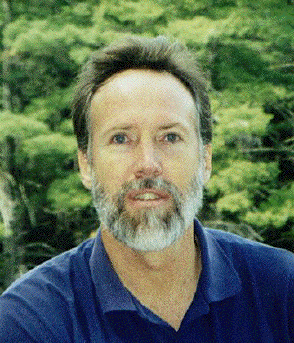
Dr. David H. Hathaway
Solar Physics Group, SD50
National Space Science and Technology Center
NASA/Marshall Space Flight Center
320 Sparkman Drive
Huntsville, AL. 35805
david.hathaway@.msfc.nasa.gov
Ph.D., Astrophysics, University of Colorado, Boulder, CO., 1979
M.S., Physics, University of Colorado, Boulder, CO., 1975
B.S., Astronomy, University of Massachusetts, Amherst, MA., 1973
Following his completion of graduate studies at the University of Colorado, Dr. Hathaway
served as a post-doctoral fellow from 1979-81 in the Advanced Study Program at the National
Center for Atmospheric Research (NCAR) in Boulder. He then spent a year as a post-doctoral
researcher at the National Solar Observatory (NSO) before being named as an Assistant
Astronomer to the NSO in 1982. Dr. Hathaway left the NSO in 1984 to accept a position as
a Research Scientist at NASA/Marshall Space Flight Center (MSFC).
Since his arrival at NASA, Dr. Hathaway has distinguished himself in many diverse fields of
endeavor. Since 1987 David has served as lead for the Nearly Steady Flows and Magnetic
Fields Team and has served on the NASA/MSFC Computer System Configuration Oversight
Committee since 1988. In addition Dr. Hathaway has promoted NASA and the solar community at
large by serving on the Solar Management Operations Working Group (1990-1992), the Sun-Earth
Connection (SEC) Roadmap Committee, and the NASA/HQ Space Science Advisory Committee (2000-2002).
While at NASA/MSFC Dr. Hathaway's commitment to solar research has earned him 6-Outstanding
Performance Awards, 7-Certificates of Appreciation, and 4-Group Achievement Awards, culminating
with the receipt of the Center Director's Commendation in 2000.
Dr. Hathaway's primary research interest involves the study of solar surface mass flows through
the analysis of optical and video images. Often these optical/video images contain "jitter",
blurring, and/or noise that inhibits the analysis process. In collaboration with Dr. Paul Meyer,
Dr. Hathaway has developed image processing and enhancement techniques to minimize the impact of
these imperfections. Dr. Hathaway has assembled these image-processing techniques into a software
package called Visual Image Stabilization and Registration (VISAR). VISAR has found numerous
applications in the field of law-enforcement and is currently being developed for commercial
distribution. The U.S. Patent and Trademark Office awarded Drs. Hathaway and Meyer a patent for
VISAR in December 2000.
Return To Dr. Hathaway's Abstract
Return To Colloquium Schedule
|
